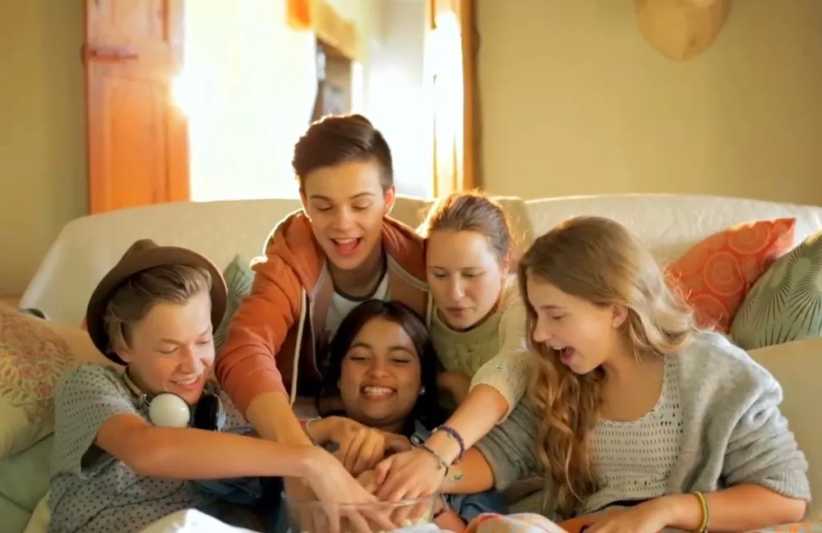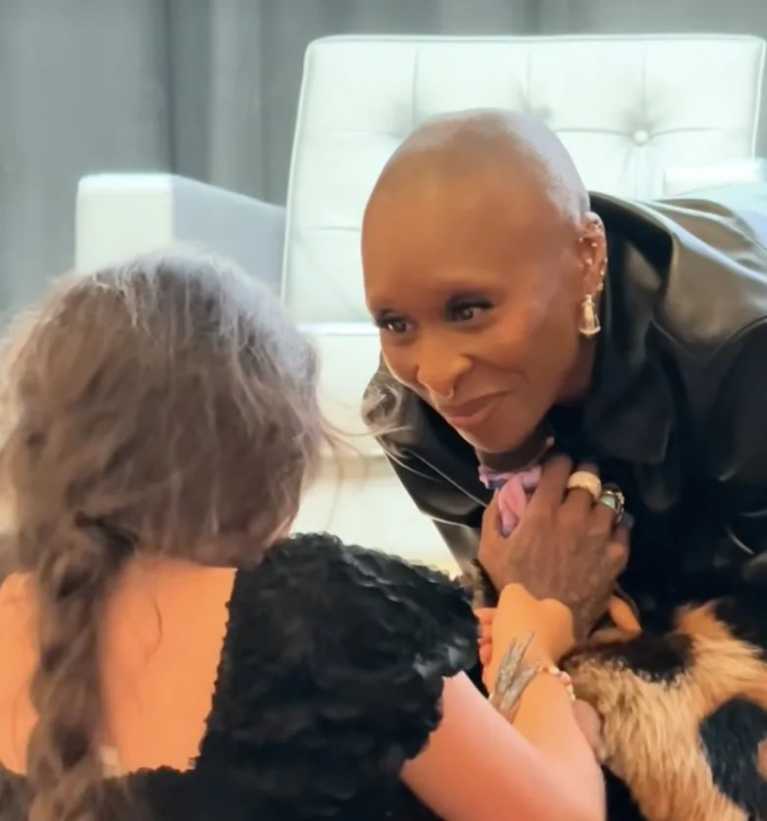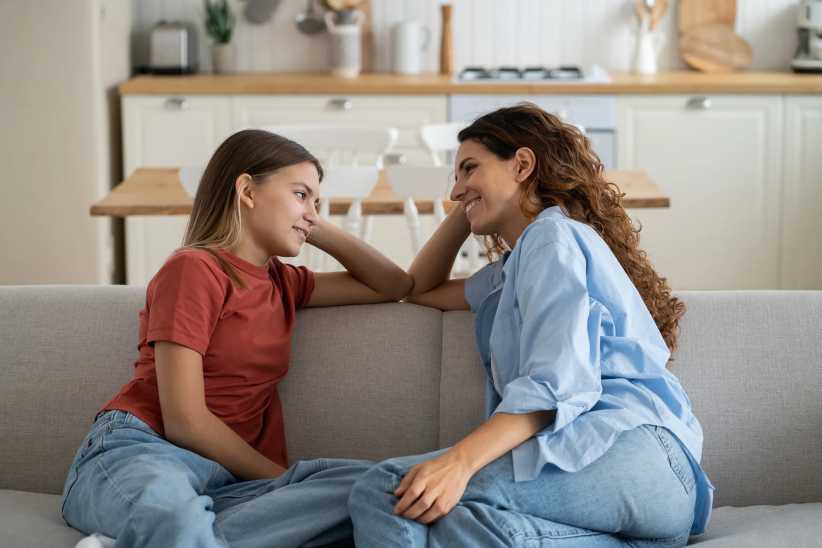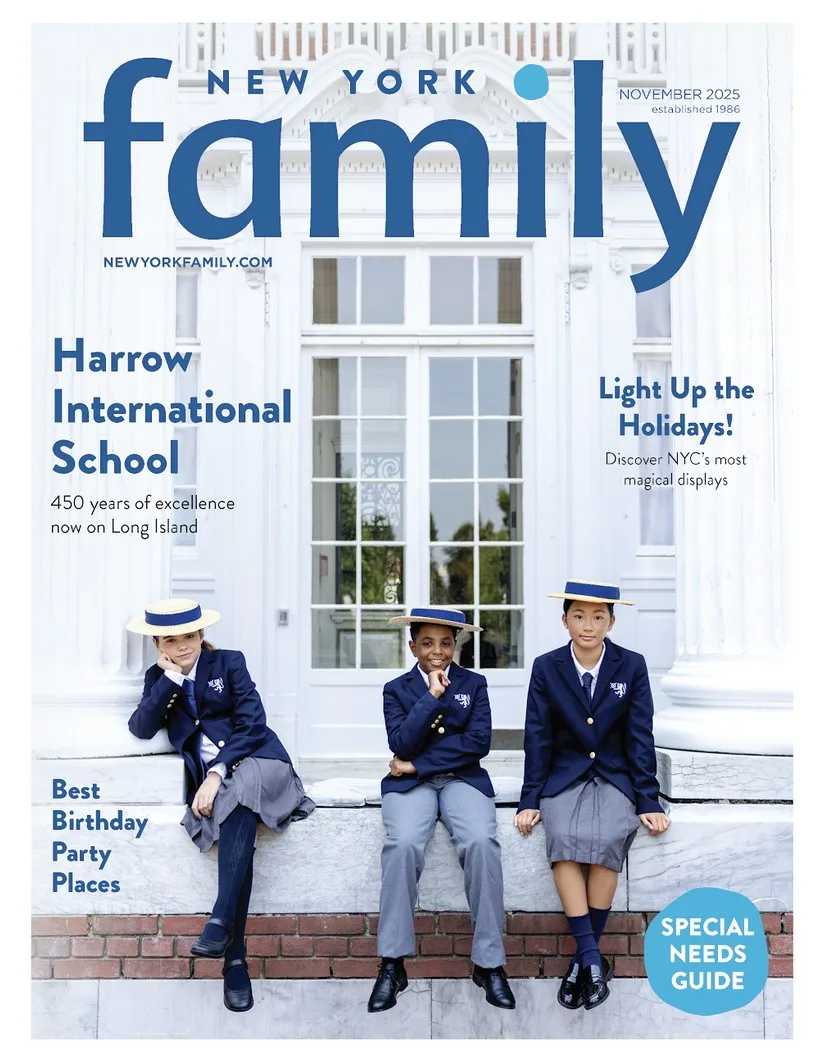If you feel like reading text messages has become an exercise in code breaking, you’re right. Some people still send plain text but many — especially kids — stuff their messages with abbreviations and acronyms, smileys and slang, winking hearts and piles of poo.
All these devices are an attempt to restore some of the richness and fun of face-to-face communication. In the absence of body language, facial expression and tone of voice, symbols are a way to convey additional information about thoughts and feelings.
Kids are especially drawn to these symbols, in part because every generation enjoys having a secret language that baffles their elders. To get a grip on what kids are saying, parents need to know the most common forms of code.
Acronyms. Take the initial letter of each word in a phrase. Throw in a number that sounds like a word — 4 and 8 — or stands for something else. Acronyms can be silly — ROFL (Rolling on the Floor Laughing), practical — BRB (Be Right Back) or subversive — 420 (using marijuana). A very complete list of acronyms, including 50 that every parent should know appears at Netlingo.com.
Emoticons. Emotion icons, aka smileys, were reportedly invented back in 1982 by a computer scientist who was worried that people weren’t getting the humor or sarcasm behind messages on an online bulletin board. Using the characters on a standard keyboard, people have created thousands of clever combinations that turn into faces if you turn your head sideways. An exhaustive list is available at cool-smileys.com/text-emoticons.
Kaomoji. Most smartphones include alternate keyboards, which open up even more creative possibilities. Kaomoji, for example, take advantage of the much larger character set needed for Japanese. See examples at japaneseemoticons.net.
Emoji. Loosely translated as picture character, these tiny cartoon-like drawings were unleashed in Japan in 1995. Informally, emoji is often used to refer to any tiny graphic that occupies the space of one character. Technically, emoji are the 722 characters that have been incorporated into the Unicode keyboard (the consortium plans to introduce 250 more characters later in 2015, including faces with different skin tones). Companies are given latitude in interpreting the characters, so an emoji won’t necessarily look the same on Apple, Google, Twitter or Microsoft. To see all the official characters, check out emojipedia.org.
Stickers. These graphic elements aren’t associated with the keyboard. Some are embedded in specific apps and won’t work anywhere else. Others can be purchased and pasted wherever you please. To avoid adware and other problems, be sure kids download free sticker apps only from trusted sources like the Apple Store or Google Play.
All of these elements enliven text messages. They are popular in part because they are quick. Instead of thumb typing a sentence about feeling sad, your child can insert a weeping emoji. Some observers also feel that emojis in particular soften online communication, extracting the sting from messages that might otherwise seem harsh. For parents, the question isn’t so much whether kids are using code but how. Here are some things to consider:
Appreciate the creativity. Remember rebuses? These charming books had pictures embedded in the text so little children could participate in “reading” before they could decipher text. Emoji capture that playful joy. Like music and painting, the images used in text are an effort to capture ideas and feelings that aren’t easily put into words. Deepen your child’s emotional intelligence by talking about the nuances of emotion in emoji faces.
Discuss ambiguity. Emojis and even acronyms are open to interpretation — and misinterpretation. Pop almost any acronym into acronymfinder.com and you’ll come up with multiple meanings. BYOB, for example, might mean bring your own beer … or bike … or even book. Emojis can also be misunderstood. In Japan, a pile of poo is regarded as good luck, though that isn’t necessarily the first thought that springs to mind in other countries. If you post a tiny fist, are you threatening to punch someone or offering a congratulatory fist bump? Talk to kids about the risks of sending the wrong message.
Consider intent. For most kids, adding code to text is simply a way to connect with friends. Still, parents need to be aware that acronyms in particular can be used to camouflage messages about illicit activities including sex and drugs. Children need supervision so you can be sure they are texting only with friends who won’t lead them into situations they aren’t mature enough to handle.
Recognize limits. No matter how many ways you dress them up, text messages won’t do justice to certain kinds of communication such as apologies, condolences, or even gratitude. Remind your child that face-to-face is still the best way to make a heartfelt connection.
Reiterate rules. Texting of any kind should be subject to all the usual rules about online communication. Don’t abuse or harass other people. Don’t talk to people you don’t know in real life. Don’t send sexually explicit messages. Be sure your child understands that texting privileges are contingent on following these rules.
Like every other form of communication, texting creates connections with other people. Being aware of the secret language of texting — and talking about it now and then — creates one more opportunity for parents to help kids develop relationships that are healthy and rewarding as well as fun.
Carolyn Jabs raised three computer-savvy kids, including one with special needs. She has been writing Growing Up Online for 10 years and is working on a book about constructive responses to conflict. Visit www.growi
Copyright, 2014, Carolyn Jabs. All rights reserved.












